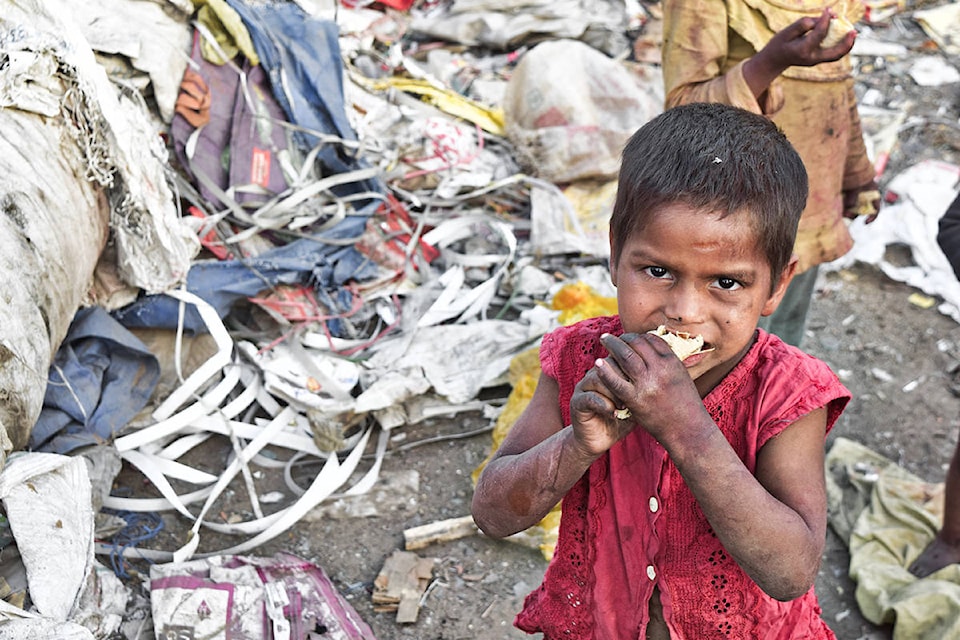BY MARJORIE STEWART
Last month the Nanaimo and Area Land Trust co-hosted a world-class symposium on water stewardship in a changing climate. Bob Sandford, Canadian water expert and professor at the UN University, spoke on The Hard Work of Hope, the title of his recent book, to an audience composed mainly of municipal-level water managers and noted that this event had attracted worldwide attention because local community is where we live and where the actions to prevent the worst climate chaos must be taken.
The information Sandford delivered was grim: the global water cycle is disrupted, the polar jet stream is de-stabilizing, floods and droughts are increasing, the Paris agreement on holding to a 2 C temperature rise is no longer attainable, we have frittered away the time we could have spent on futile optimism and business as usual. Hope is hard to maintain but we can still stem much coming disaster one property, one community at a time. Sandford hopes the UN decade for water begun this year and local actions to support the sustainable development goals will provide the leadership we need to halt the juggernaut of destruction.
Also last month, Paul Ehrlich of Stanford and John Harte of Berkeley published a piece called Pessimism on the Food Front listing the planetary constraints on feeding the 11 billion people predicted by 2100: unavailability of arable land; declining soil quantity and quality; the assault on biodiversity, especially of pollinators; climate disruption leading to water scarcity, including loss of snow melt on which one third of crop production depends; over-harvesting on land and sea; and the list goes on. They also pointed out that we are failing to feed the current population, since more than 10 per cent of the current 7.5 billion are malnourished.
Ehrlich and Harte name the greatest barrier to hope as “a combination of ignorance, politics, and the stresses on the world order from human overpopulation.” Unless climate change and food security and population issues reach the top of all agendas the risk of social breakdown and mass suffering faces all of humanity. They urge us to “move the world toward population reduction, the sine qua non of sustainability, and without which none of the other environmental goals are likely to be reached.”
Hope is hard work in the face of stubborn avoidance of responsibility at every level. The worst reaction to the litany of woes presented above is to refuse to face reality by wallowing in the luxury of despair.
We don’t have to descend into despair.
Rohinton Mistry wrote the great Anglo-Canadian novel about India by describing seemingly intolerable misery transmuted into hopefulness and joy and he advises us to “maintain a fine balance between hope and despair.” John Keats, who died poverty-stricken in Italy at the age of 25 said he had to choose between hope and despair and chose hope.
Sandford did not say that we can solve our problems with new technology. He said the only way to move towards real solutions is to stop working against nature and start working with natural forces and resources.
Marjorie Stewart is past chairwoman of the Nanaimo Foodshare Society. She can be reached at marjorieandalstewart@gmail.com.
